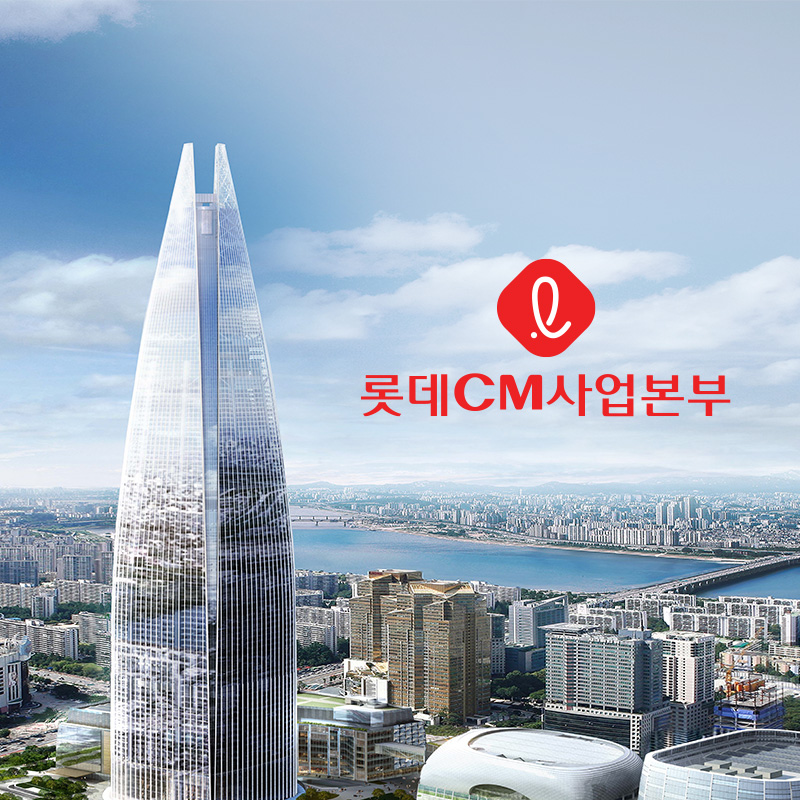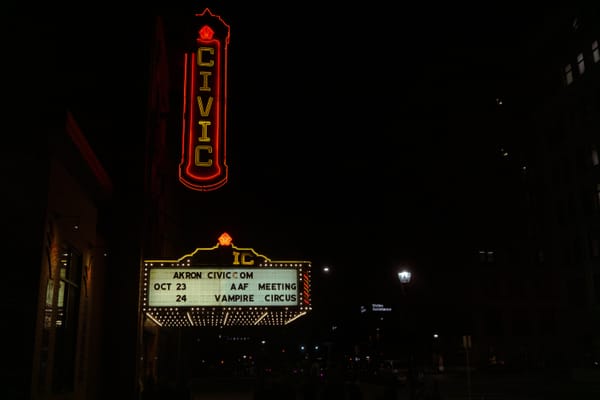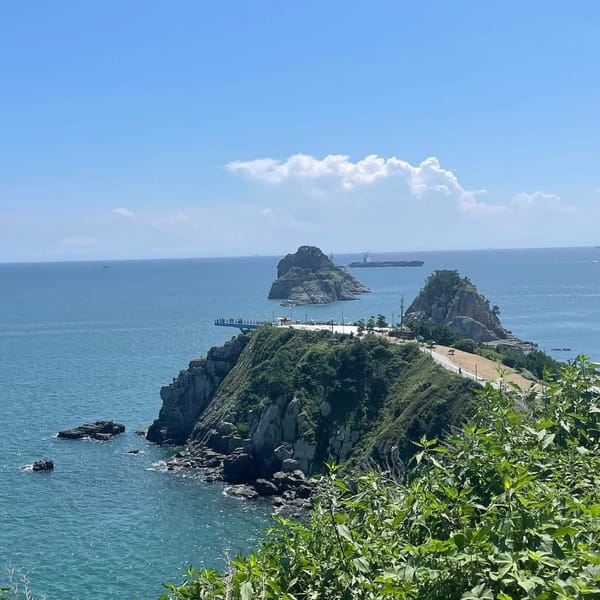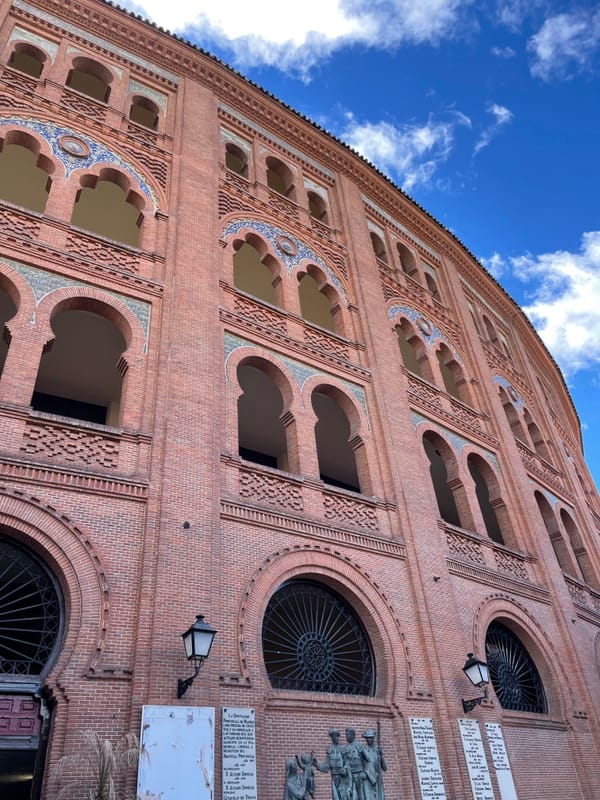5 Interesting Civil Engineering Facts About LOTTE World Tower
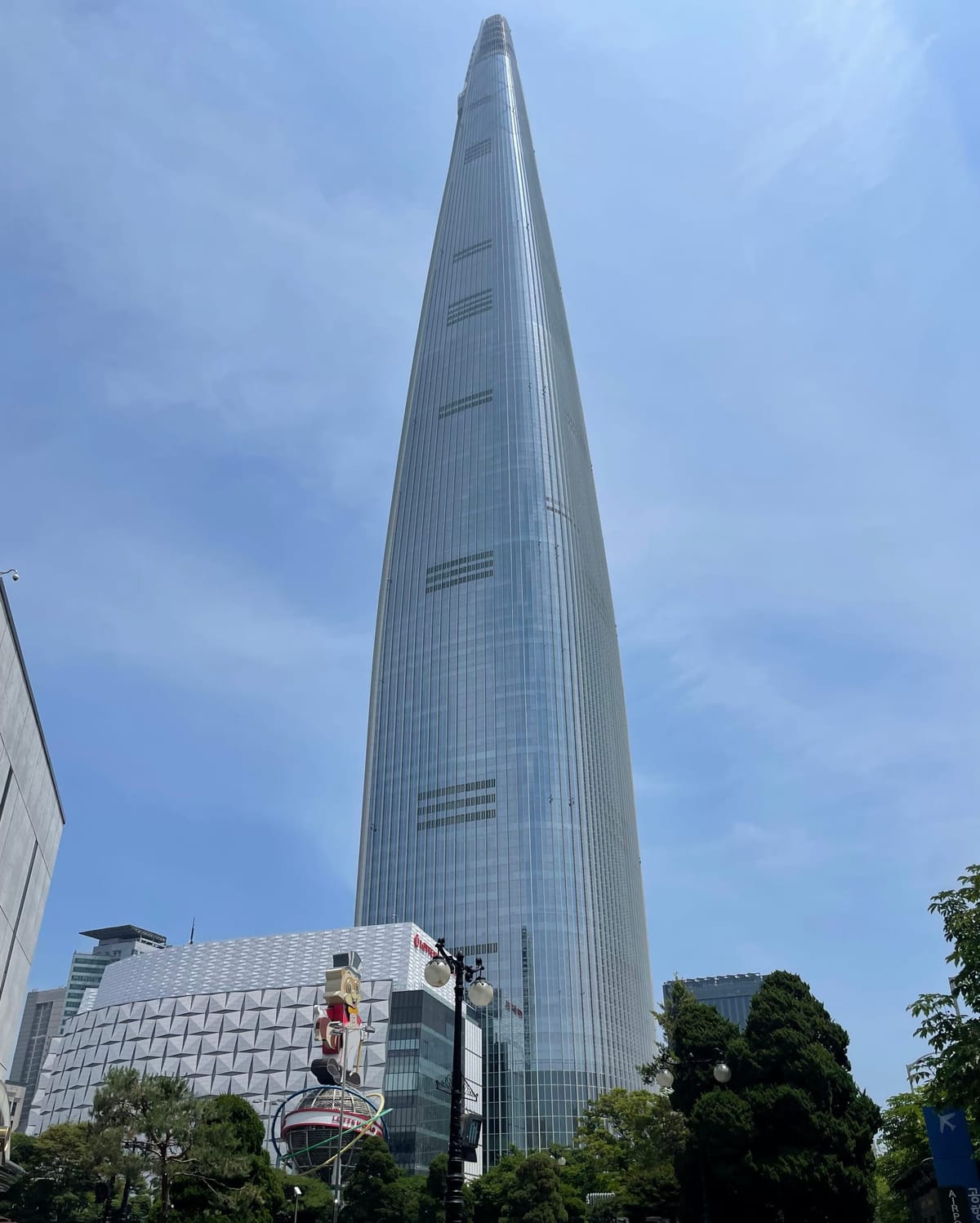
If you’ve ever been to Seoul, chances are you’ve seen the towering silhouette of the Jamsil LOTTE World Tower, located in the Songpa (송파구) District. As of 2025, it stands as the 6th tallest building in the world, reaching a staggering 555 meters (1,821 feet) into the sky.
After visiting the skyscraper myself, I was completely overwhelmed by the sheer scale of the structure—it’s one of those places where photos don’t do it justice. But beyond its height and iconic presence, there are some lesser-known facts and engineering feats behind this modern marvel that I’m excited to share with you.

#1 Fast-Paced Construction Time
The planning and construction of the Lotte World Tower was a monumental undertaking, requiring approximately three years of intensive design and permitting, followed by nearly six years of construction. Upon completion, the skyscraper stood at 123 above-ground floors and six basement levels, totaling 129 floors and more than 420,000 square meters (~104 acres) of gross floor area.
What makes this timeline especially impressive is the context: the tower was built in the heart of Seoul, South Korea’s densely populated capital, where the population density exceeds 16,000 people per square kilometer. Navigating such a complex urban environment required meticulous coordination, strict adherence to safety standards, and extensive government oversight. Something that would be an absolute nightmare in some American Cities.
Despite these challenges, construction progressed at a remarkable pace thanks to advanced building technologies, efficient logistics, and strategic use of top-down construction methods that allowed work on the foundation and superstructure to happen simultaneously. The project team maintained momentum through Korea’s harsh winters, typhoon seasons, and regulatory hurdles completing one of the tallest skyscrapers in the world in a time frame comparable to other global mega-structures.


#2 Interesting Foundation Design
The foundation of the Lotte World Tower is a remarkable feat of engineering, incorporating approximately 80,000 tons (or 31,203 cubic meters) of high-strength concrete rated at 80 MPa (~11,600 psi). To visualize the scale, this volume of concrete could cover the entire area of Vatican City with a layer nearly 2 inches thick—a rough but striking comparison that captures the enormity of the pour.
To support the 555-meter supertall structure, engineers implemented a deep pile foundation system comprising 108 bored piles, each 30 meters long and 1 meter in diameter. These piles extend into bedrock, anchoring the building and distributing its immense vertical and lateral loads. This design ensures stability not only under typical loads but also against severe seismic activity and high wind pressures, including typhoon-force conditions.
Beyond structural performance, the foundation design also incorporates a geothermal energy system. Deep beneath the tower, hundreds of geothermal probes tap into the earth’s thermal energy, feeding into the building’s sustainable heating and cooling system. This integration of renewable energy showcases Lotte’s commitment to efficiency and environmental responsibility—fusing innovative design with sustainable infrastructure from the ground up.

#3 Diagrid Design
One of the most fascinating aspects of the Lotte World Tower’s structural design is its use of a diagrid system—a highly efficient framework that plays a crucial role in the building’s ability to withstand extreme forces. Unlike traditional vertical columns and horizontal beams, a diagrid uses a network of diagonal supports that form a geometric pattern up the building’s exterior. This design reduces the need for internal columns, allowing for more open floor plans and better use of space—especially important in a mixed-use building like Lotte Tower, which houses everything from retail to offices to luxury residences.
In the case of Lotte World Tower, the diagrid is part of a megacolumn and outrigger system that enhances lateral stiffness. Given the tower's extreme height—555 meters—wind loads were a major design consideration. The diagrid structure helps redistribute these lateral forces efficiently through the façade and down into the deep foundation. Combined with the building’s tapered form and curved glass exterior, the diagrid helps reduce vortex shedding (wind-induced vibrations), giving the tower not just strength, but aerodynamic stability as well.
Visually, the diagrid gives the tower its elegant, almost sculptural silhouette. If you ever get the chance to see it up close, you might notice the subtle diamond-like patterns embedded in the glass and steel—those aren’t just for looks. They’re working overtime to keep the building upright in high winds, earthquakes, and even typhoons. It's a great example of how form and function can go hand in hand in modern skyscraper design.
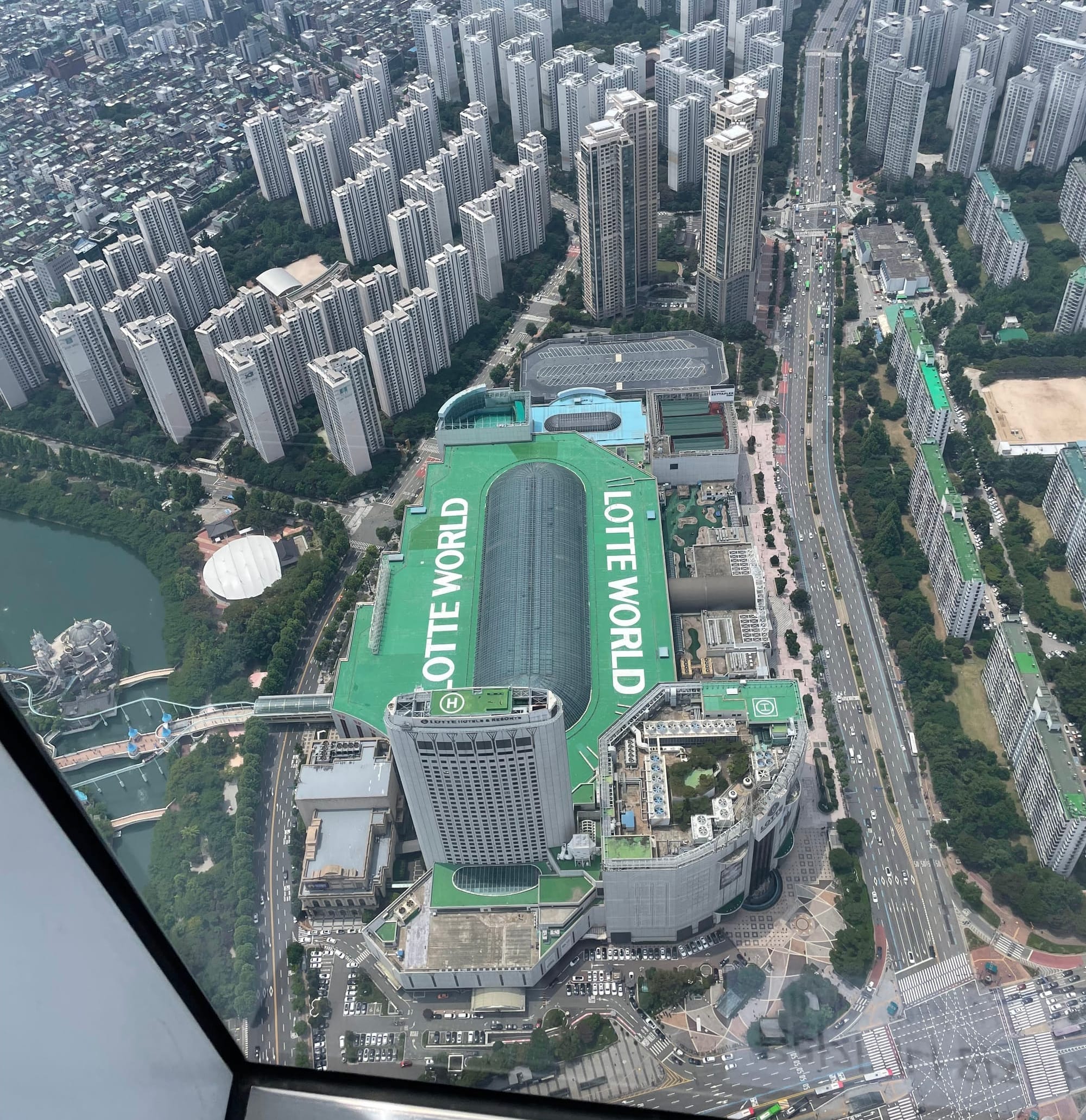
#4 Connected to LOTTE World Amusement Park
Okay, I might have scared some of you off with all that technical mumbo-jumbo, but honestly, I like to have fun when I travel—there’s more to exploring than just concrete and #8 rebar specs! 😀
Anecdotally, when I was in Seoul in June 2024, I arrived at Jamsil Subway Station trying to find my way to the tower—and ended up accidentally stumbling upon a full-on ice arena and an indoor amusement park! I didn’t have a ticket to get in, but it blew my mind that the whole complex is connected to the tower and even walkable underground from the subway station. Seriously, that underground access is a total blessing when you’re dealing with Seoul’s hot and humid summers
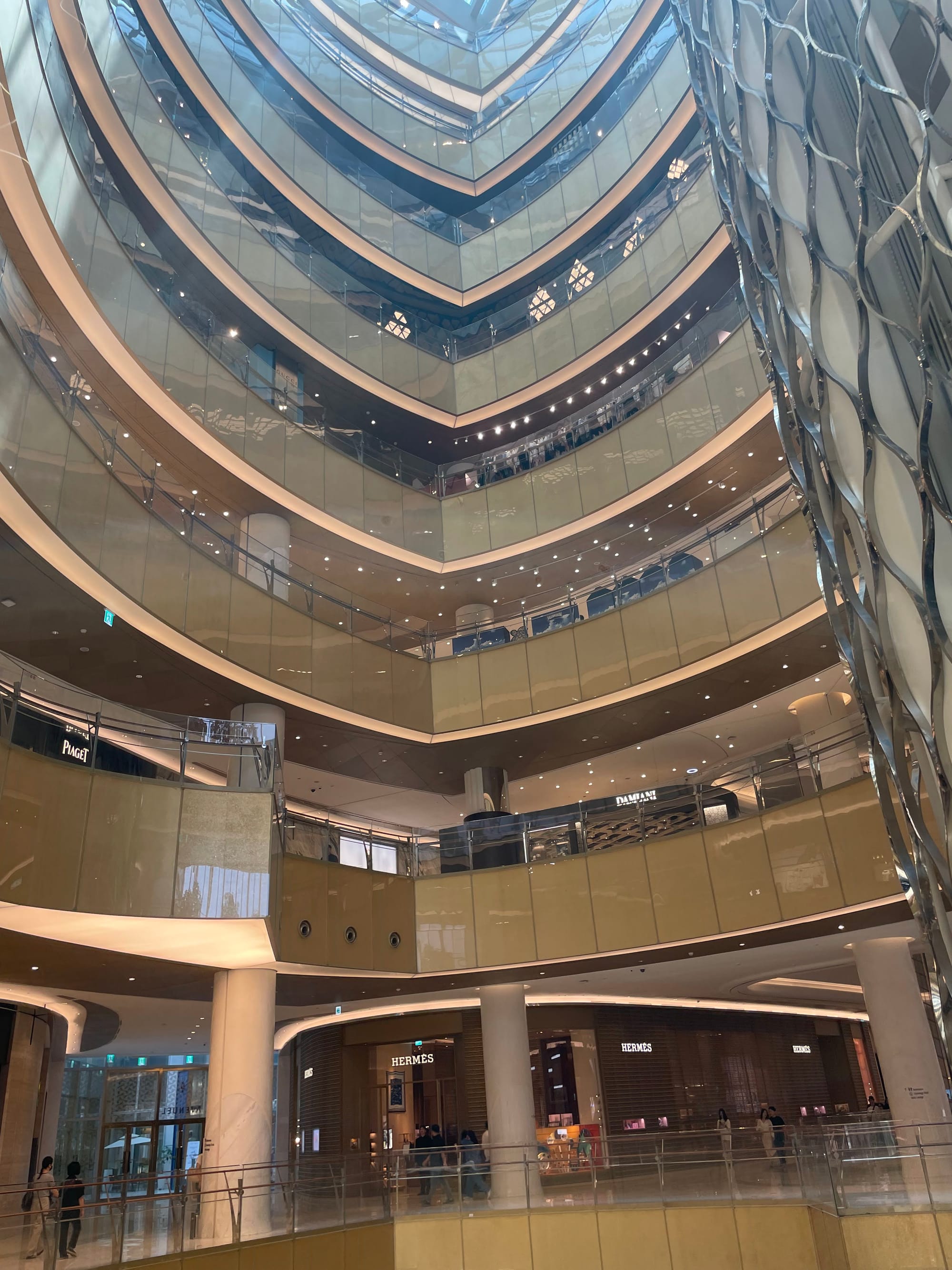
#5 Astronomical Rent Price
Speaking of which—the mixed-use plan for LOTTE World Tower is honestly wild in the best way. The ground floor alone is home to some of the most luxurious department stores I’ve ever set foot in. Think designer everything. Personally, I could only afford the air inside those stores, but still—it was a seriously bougie experience just walking through. Beyond the glitz, the entire tower is a masterclass in urban planning, blending luxury residences, office space, a 7-star hotel, high-end retail, and even entertainment venues all in one vertical mega-structure. It's like a city stacked on top of itself.
One of the most impressive components is the Signiel Residences, which span from floors 42 to 71. These are not your average apartments—they're ultra-luxury homes ranging in size from 133 to 829 square meters (that’s about 1,430 to 8,920 square feet). There are 223 units in total, each offering hotel-style amenities like concierge service, a fitness center, and even room service straight from the Signiel Hotel.
Now, here’s where things get jaw-dropping: the rent. In Korea, high-end properties often use the Jeonse system, where instead of paying monthly rent, you put down a massive lump-sum deposit that you get back when the lease ends. For the Signiel Residences, that deposit can hit ₩7.5 billion—roughly $5.6 million USD—for a larger unit. And if you're going the monthly rent (Wolse) route? Top-end units can cost up to ₩300 million per month, or about $225,000 USD. Yes, you read that right—per month. That officially makes these among the most expensive residential leases not just in Korea, but globally.
Overall Civil Engineering / Travel Rating?
I’d give the LOTTE World Tower a solid 8.9 out of 10. From a civil engineering perspective, it’s nothing short of a marvel. The tower’s structural systems, height, and use of space are incredibly impressive—and for anyone even remotely interested in skyscrapers or urban development, this is a must-see. The observatory offers stunning panoramic views of Seoul, and the museum-like exhibits inside the tower add a fascinating educational element that I wasn’t expecting.
What really makes the visit worthwhile, though, is how the tower is seamlessly integrated into the surrounding area. It's in an ideal location for both sightseeing and fun, with Lotte World (the massive indoor amusement park and ice rink) just a short walk away—literally connected underground. Whether you’re into high-end shopping, food, engineering, or just escaping the heat, Lotte World Tower packs it all into one place!
Sources Used:
